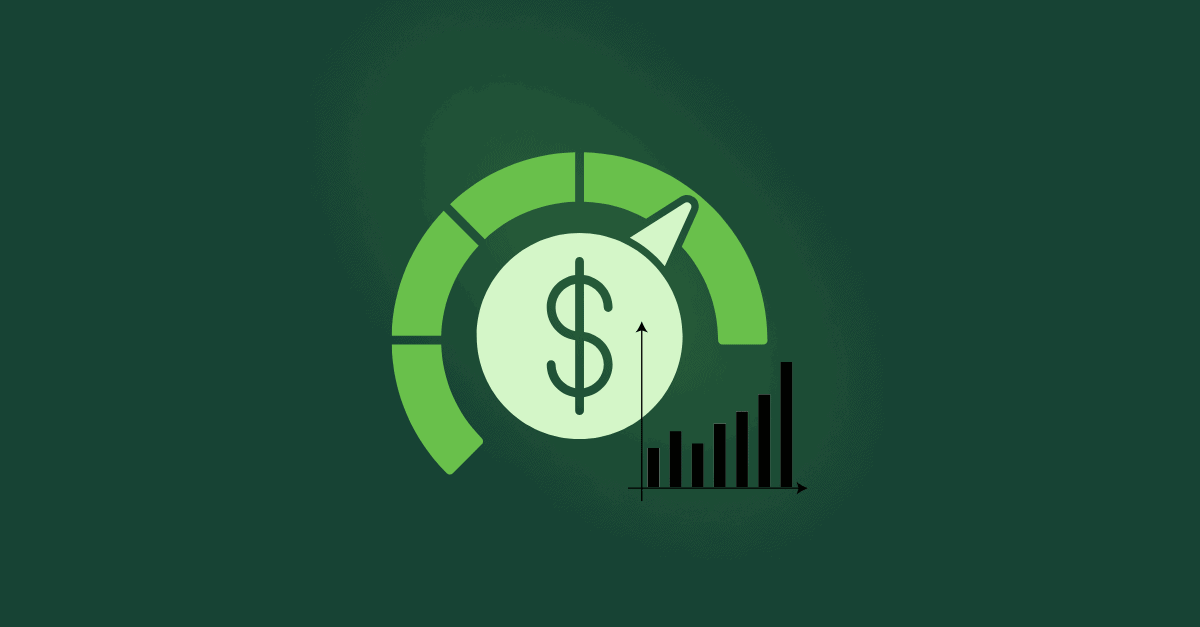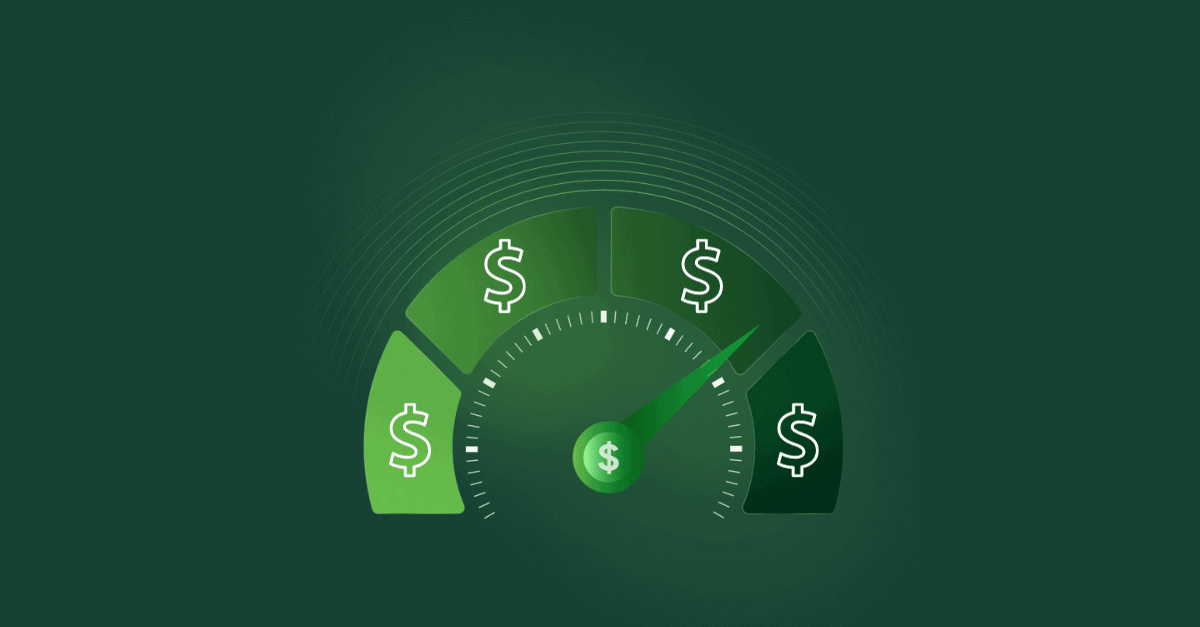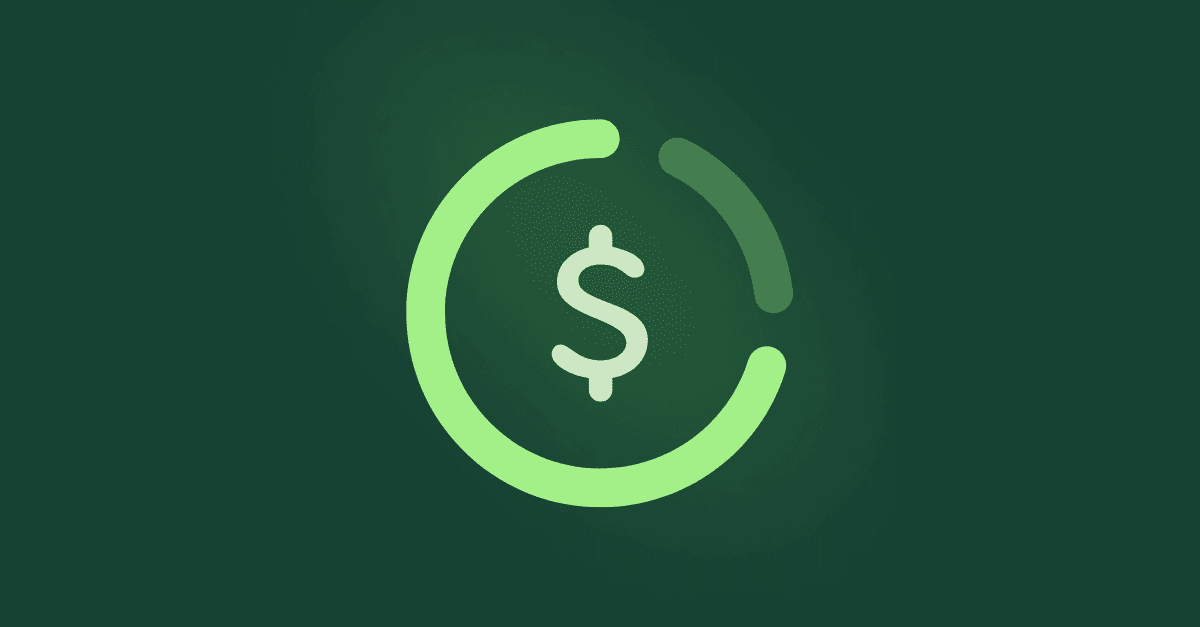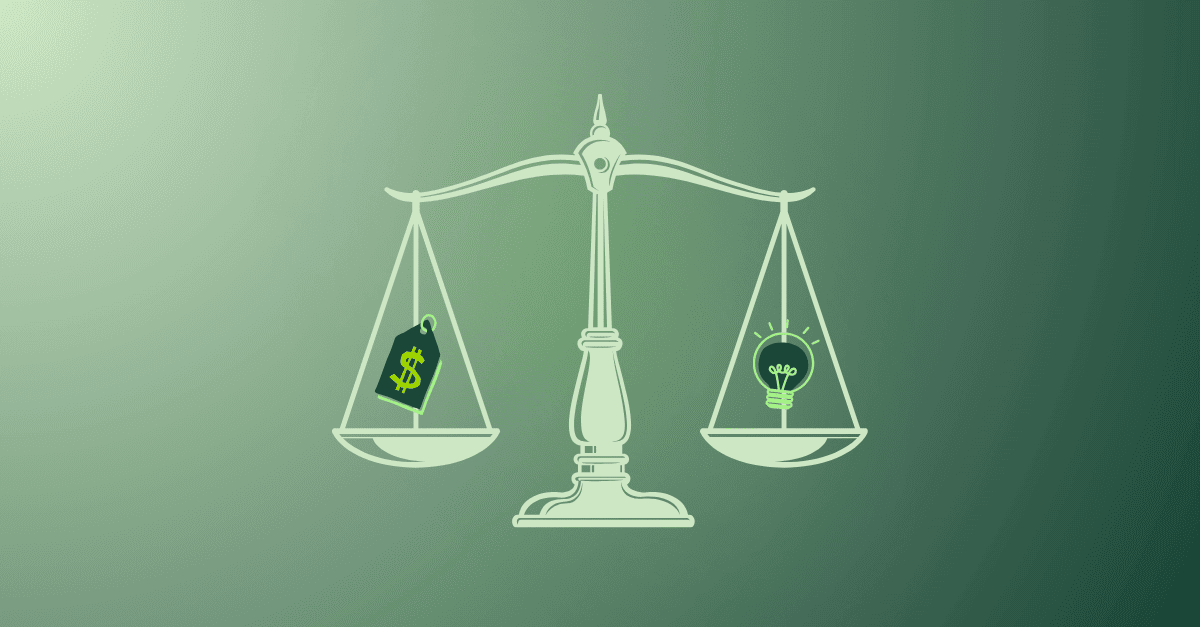Over the last half-decade, the percentage of software as a service (SaaS) providers utilizing consumption-based pricing models has skyrocketed from 27% to over 60%. Firms riding this forward-thinking wave include scaling startups, tech industry juggernauts, and even eCommerce powerhouses.
But why are leading SaaS companies shifting to, as it’s often called, usage-based pricing?
For many, it offers a customer-centric approach that can boost customer acquisition and retention while optimizing revenue generation. Here, we’ll discuss the finer details of usage-based pricing models, including their general rules, benefits, and challenges.
We’ll also examine stellar consumption-based pricing examples to understand why this strategy works for some of the world’s most notable companies.
Understanding Consumption-Based Pricing
Consumption-based pricing models (also known as billing-based pricing models) only bill customers for their actual usage of the product. Similar to pay-as-you-go pricing for mobile data and metered billing for electricity, usage-based models track and charge users for the volumes they utilize rather than using flat fees.
Generally, SaaS companies implementing usage-based pricing will decide on a value metric(s) to charge their customers. Often, they’ll stick to easily quantifiable measurements such as user headcount or data volume transferred.
Then, they’ll track their users’ usage data across a billing period, multiply it by the price they pay per unit, and charge them accordingly.
Ultimately, consumption has become one of the leading pricing strategies in SaaS because it’s flexible, scalable, and conducive to high customer adoption and satisfaction—all benefits we’ll touch on later in this article.
Top SaaS Companies With Successful Consumption-Based Pricing
Sometimes, the easiest way to learn about SaaS pricing strategies is to look to companies that have successfully implemented them for organizational growth. Some of the industry’s leading usage-based pricing examples include:
- Userpilot: Userpilot favors a hybrid approach to pricing by offering flat subscription fees but charging overages for exceeding usage limits for certain features. The approach has allowed them to scale to over 750 commercial clients, and their reviews sing praises of affordability and keen customer service.
- Snowflake: Snowflake, a cloud-based data warehousing solution, bills its usage-based customers across two metrics: Computing usage and data storage. Their strategy has allowed them to attract some of the world’s largest companies—including Mastercard, Disney, and Pfizer—and drive their value to nearly $54 billion.
- Datadog: Datadog provides resources such as security management, code testing, and auditing for app developers. Customers pay only for the resources and volumes they use—a model that bolstered the company’s 27% growth in revenue in 2023. From Sony to Samsung and SoFi, their esteemed customer base reflects both the quality of their services and the agreeability of their pricing plans.
- Amazon: The eCommerce titan has championed usage-based pricing since the inception of its Web Services department, and the model has driven it to become one of the largest corporations operating in any industry, anywhere. All of their services have on-demand pricing—meaning customers don’t pay for a second more access than they need. Reserving extended service contracts or committing to high volumes results in significant discounts.
Benefits of Consumption-Based Pricing for SaaS
The financial benefits of consumption-based pricing are evident: Companies that implement such models experience, on average, a 125% net dollar retention. But why has consumption-based billing become a preferred, profitable SaaS pricing strategy?
Here’s why:
- It allows end users to understand the value your SaaS solution can provide to their company. If they see it fits into their technological infrastructure and supports revenue optimization, they can easily scale it to suit their needs.
- Dynamic pricing forces clients to consider how much they utilize your software, highlighting its importance within their workflows, boosting customer engagement, and limiting its chances of becoming shelfware.
- The flexibility it offers your clientele can boost their overall satisfaction, potentially leading to higher customer retention.
- High customer retention leads to long-term revenue predictability and, as your customers scale, higher profits from their increased service demands.
Challenges and Considerations
Despite all the positives of usage-based billing, like other pricing models, it has its difficulties and downsides. Some of the primary challenges companies face when implementing consumption models include:
- Billing complexity: Determining a reliable usage metric, tracking it across accounts, and billing accordingly is more complex and resource-intensive than charging flat subscription fees. So, if you plan to implement a consumption model, ensure you have a reliable usage metric and a transparent means of tracking it across your entire customer base.
- Customer usage unpredictability: Customers can quickly scale up or taper down their usage without warning, leading to unpredictable revenue fluctuations. To mitigate this, you can require a minimum usage level per billing cycle or offer discounts for higher volumes.
- Revenue recognition issues: Revenue is often latent or disjointed in usage-based pricing models, leading to problems with recognition and reporting. To overcome these difficulties, rely on a robust accounting automation solution like RightRev to facilitate your bookkeeping and ease the strain on your accounting department. Snowflake relies on RightRev for its consumption-based automated revenue recognition.
Implementing Consumption-Based Pricing With RightRev
There’s plenty to consider when adopting a consumption-based pricing model for your SaaS solution. From developing billing structures to educating customers and bringing staff up to speed on new procedures, your team will have much on their plates come implementation time.
Thankfully, one thing you shouldn’t have to worry about is revenue recognition.
When navigating consumption-based pricing with RightRev, there’s no need to track and input revenue manually. And, if you understand the complexity of usage-based revenue recognition, you’ll know just how big a deal that is.
SaaS companies often sell usage-based plans at zero upfront cost, with billings happening in arrears based on the prior period platform usage. The timing of billings can create issues in revenue recognition if there are any delays, as revenue is typically being recognized in coordination with that billing activity. Decoupling revenue and billing becomes a priority in these situations.
With RightRev’s intelligent and customizable recognition rules, you can easily automate accounting procedures and end your professional relationship with manual spreadsheet entries and the reliance on invoicing to dictate revenue recognition.
If you’re considering adopting a new pricing structure or just want to simplify your accounting procedures, learn more about how RightRev empowers SaaS businesses to automate tedious accounting tasks. And, if you’re uncertain about what billing structure to implement, consider these insights into effective pricing strategies for SaaS. To get the full scoop on how RightRev can ease the strain of revenue recognition, request a demo—your accountants will thank you later.




